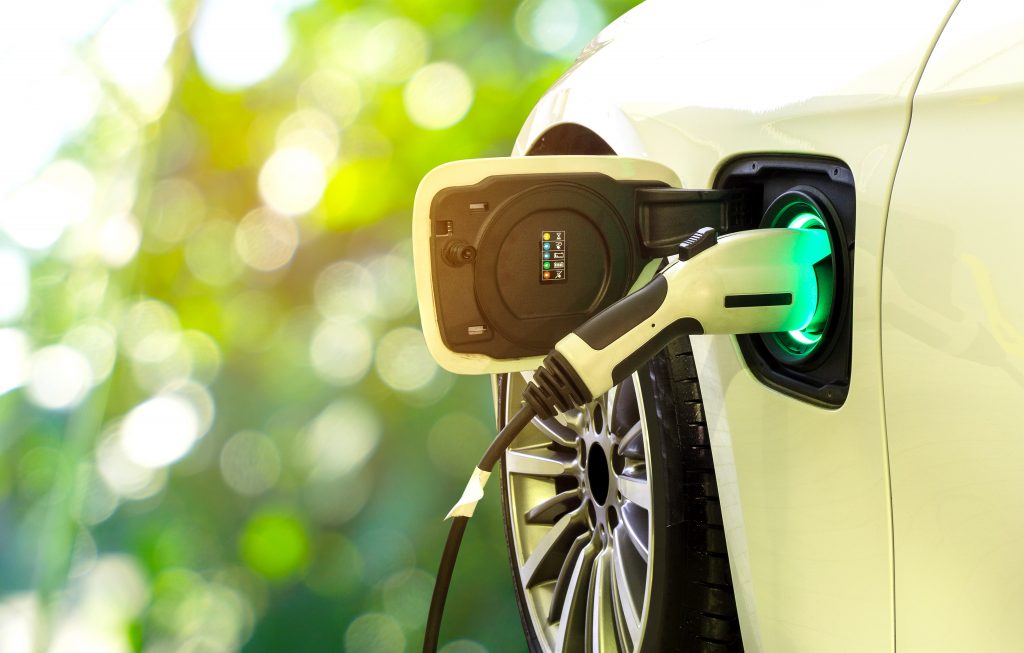Electric vehicle drivers are battling for charging points across the UK, with their frustration dubbed 'charge rage'. Here are five tips to prolong your battery between trips and charges.
There are more than 810,000 fully electric cars now on UK road as more motorists go green, while others go electric to comply with the expansion of the Ultra-Low Emission Zone (ULEZ).
With an electric car registered every 60 seconds during the summer, the strain on the national grid has intensified, much like many drivers’ frustration at a lack of places or long queues to source power.
In fact, ‘charge rage’ is real, as the chief executive of service station provider Moto revealed there has been a rise in public disorder as drivers wait in long queues to charge up.
He told the Sunday Telegraph: “People need to drive their EV cars around without range anxiety, without long queues and without public disorder but at peak seasonal times we are experiencing all this now.
“I’ve been saying the grid does not have sufficient capacity right now to deliver the power we need at the time we need it.
“If we don’t get that amount of power guaranteed, then in coming years every Christmas, every Easter, every summer holiday and peak bank holiday will be the equivalent of when we have a fuel crisis on petrol and diesel.”
To avoid any EV charging anxiety, car manufacturer Kia has shared five tips to help preserve the battery of your electric SUV between charges and trips:
1) Pre-heat and pre-cool to preserve your battery
Pre-heating or pre-cooling the car before you start your journey is the most efficient way to keep it at a comfortable temperature. Doing this before you set off uses less battery power than heating or cooling the cabin on the move.
A great way to boost the range of an EV, especially in winter, is with a heat pump, which adjusts the temperature of your car while preserving your battery power.
2) Travel light
The heavier your car, the more power it needs to move. While electric SUVs are designed to run efficiently at their weight, adding unnecessary weight can increase the amount of electricity you use while driving.
Keeping a roof rack you’re not using on the vehicle or delaying unpacking the car after coming back from a holiday can add unnecessary weight to your vehicle. Always remove these when not needed to optimise your vehicle’s efficiency.
3) Use regenerative braking
Regenerative braking is a clever way to save energy while driving, and this feature is found on most electric SUVs. Regenerative braking is an energy recovery process that turns kinetic energy into electricity. This is used to optimise efficiency, and the recovered energy can be used immediately to boost your battery or can be stored until it is needed.
4) Check your tyres
It’s important to make sure you have the right tyres for your car. It may seem like a small detail, but how you manage your tyres can also have a significant impact on the efficiency of your car. Choosing the right tyres and keeping them clean and at the correct pressure will limit any rolling resistance, meaning your battery stays charged for longer.
5) Optimise charging with EV routing
If you’re planning a lengthy road trip, plan for charging points along the way to ensure you’re charging your vehicle at the optimal time and getting the most out of each charge.
Planning your route to coincide with charging stations reduces unnecessary detours and the overall distance you travel, helping cut down on energy use overall.

